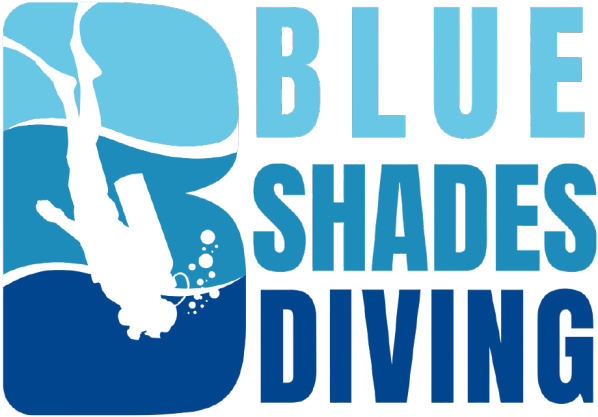SS Thistlegorm
SS Thistlegorm
The Most Famous Wreck in Egypt
The wreck of the S.S. Thistlegorm is perhaps the most famous dive site in all of Egypt – and for good reason. It’s an unforgettable sight: motorcycles and jeeps from World War II still rest exactly where they sank, now heavily encrusted and part of the ocean floor. This dive offers a fascinating window into history!
The Thistlegorm is an extremely popular site and is best dived early in the morning from a liveaboard, before the day boats arrive. It is considered the absolute highlight among the many wrecks in the northern Red Sea.
The wreck lies on the west coast of the Sinai Peninsula, about 40 km from Sharm El Sheikh, and is the most well-known and most frequently dived wreck in the Red Sea. The 125-meter-long British army freighter sank just 18 months after being launched in April 1940. Its final voyage began on June 2, 1941, heading to Alexandria with a cargo of wartime supplies. The extensive load included tanks, airplanes, armored vehicles, jeeps, and Bedford trucks.
Although the SS Thistlegorm was privately owned, it was equipped for wartime service with a 4-inch anti-aircraft gun and a heavy machine gun. The ship anchored at what was thought to be a safe location north of the Strait of Gubal – now known as Shag Rock – and awaited clearance to continue through the Suez Canal.
But it was not to be. In the early hours of October 6, 1941, the Thistlegorm was hit by two bombs from a German long-range bomber, torn in two, and sank almost instantly. One bomb struck the port side near Hold No. 5, but the detonation of ammunition caused massive destruction.
Only 9 crew members lost their lives. Today, the wreck rests upright on a sandy seabed at a depth of 30 meters. The stern lies about 20 meters from the main structure. Most of the ship remains intact, but the torn hull reveals its valuable cargo: trucks, motorbikes, railway parts, and even rubber boots can still be seen. At the stern, the well-preserved guns remain in place, and the surrounding area is littered with artillery. There is so much to explore that it takes at least two dives just to get your bearings.
The Thistlegorm was rediscovered by Jacques Cousteau in 1956 and has since become one of the most sought-after wreck dives in the world. Many consider it to be the most frequently dived site on the planet. So many divers enter the wreck daily that some of the cargo holds have air bubbles trapped under their ceilings. It’s no surprise this site, with its well-preserved WWII relics, fascinates so many.
The wreck lies upright at 33 meters on the sea floor. To reach the bow, descend to about 15 meters to the main deck level and enter Hold No. 1 through a large square opening near the anchor chains. The ship has two levels in its holds, and divers can swim from Hold 1 through to Hold 3 at a maximum depth of 25 meters.
Inside, you’ll find BSA motorbikes, Morri’s vehicles, Bedford trucks, trailers, and armored cars – tightly packed and astonishingly well preserved, many still with intact rubber tires and glass windows. Holds 1 and 2 contain Lee-Enfield rifles, while Hold 3 houses bombs, ammunition crates, grenades, and anti-tank mines. Scattered throughout are boots, shoes, and spare parts for tanks and planes. Marine life inside the holds is limited – small schools of soldierfish and sweepers can be found, but there is little coral growth in the silty interiors.
Midship, you’ll witness the full force of the explosion. Here, the hull has been completely ripped open, exposing the ship’s interior – large ammunition crates and artillery lie among the twisted steel remains. Lionfish and schools of blackspotted sweetlips shelter in the wreckage. On the port side lies an overturned Bren Carrier, and a locomotive rests on the seabed, thrown clear of the ship by the blast.
At the stern, two machine guns on turrets still hang precariously over the port side, where the stern has tilted – a silent reminder of the wartime past. The ship’s large propeller is easily identified when you circle around the stern at around 32 meters.
As you ascend and explore the upper deck of the Thistlegorm at the end of your dive, the marine life becomes more active: orange-spotted trevally and Heber’s trevally dart through fusilier schools, large batfish follow divers curiously, crocodile fish lie camouflaged on the deck, and you may even spot a hawksbill turtle swimming by, unfazed by frequent encounters with divers.
The best time to dive the Thistlegorm is early morning from a liveaboard, before the day boats arrive, and the wreck becomes a busy hub of divers.
The SS Thistlegorm rightly remains the top wreck diving attraction in the Red Sea and the Sharm El Sheikh area.
